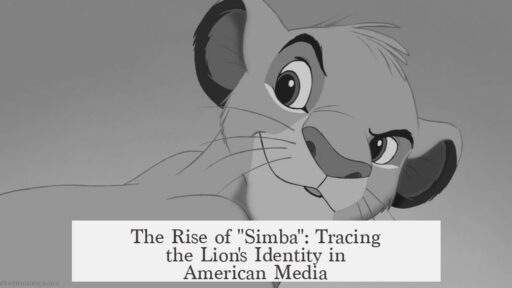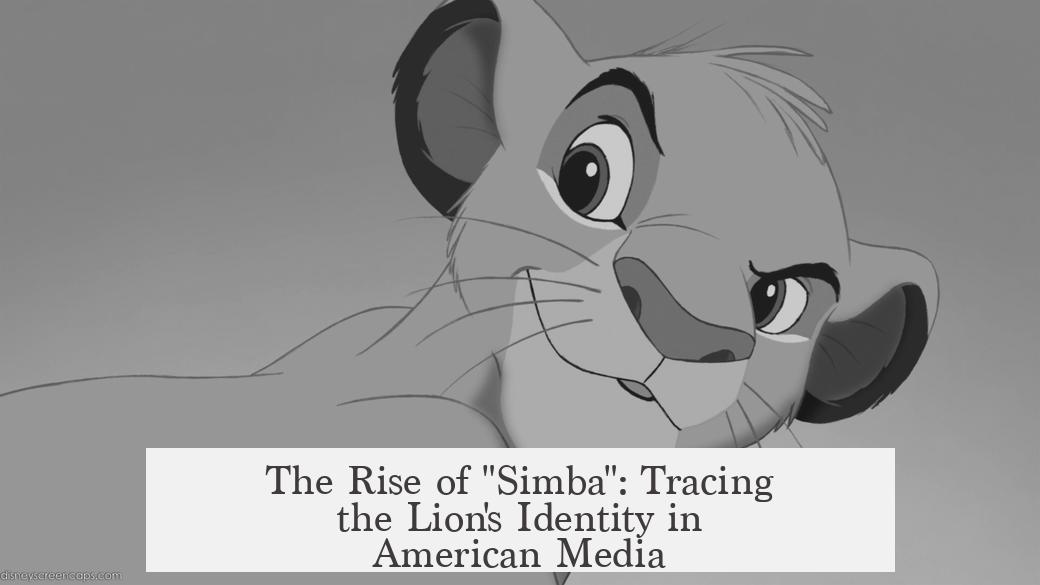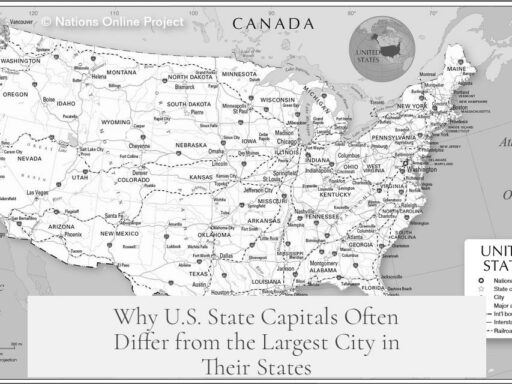The name “Simba” began to be associated with lions in popular American media most prominently with the release of Disney’s animated film “The Lion King” in 1994. Before this milestone, the term “Simba,” meaning “lion” in Swahili, was known primarily within linguistic and cultural studies but lacked broad recognition in American pop culture. The Lion King introduced Simba as the central lion character, embedding the name firmly into American media consciousness and linking it directly to lions in storytelling and entertainment.
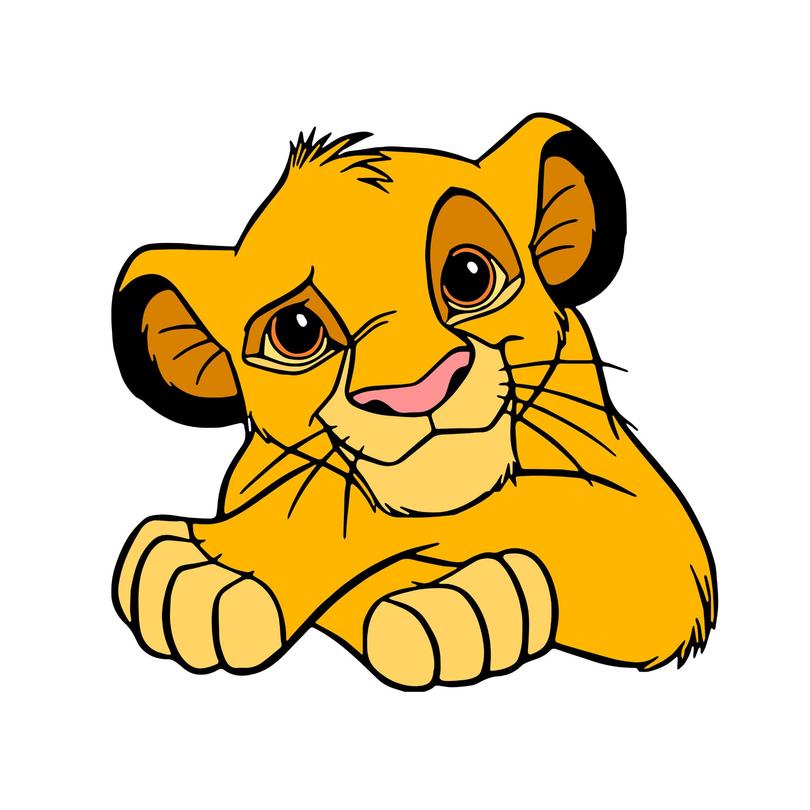
Disney’s The Lion King drew heavily on African cultural elements, incorporating Swahili language to enhance authenticity. “Simba” was chosen deliberately to mean “lion,” reflecting the character’s role as the lion prince destined to reclaim his kingdom. The film’s wide success cemented the name’s popular association with lions for American audiences.
Prior to 1994, the name “Simba” had limited exposure in the U.S. In academic circles and African cultural contexts, “Simba” clearly signified ‘lion,’ but the broader American public was generally unfamiliar with this Swahili term. Popular media did not widely exploit African indigenous words until increased multicultural awareness in the late 20th century.
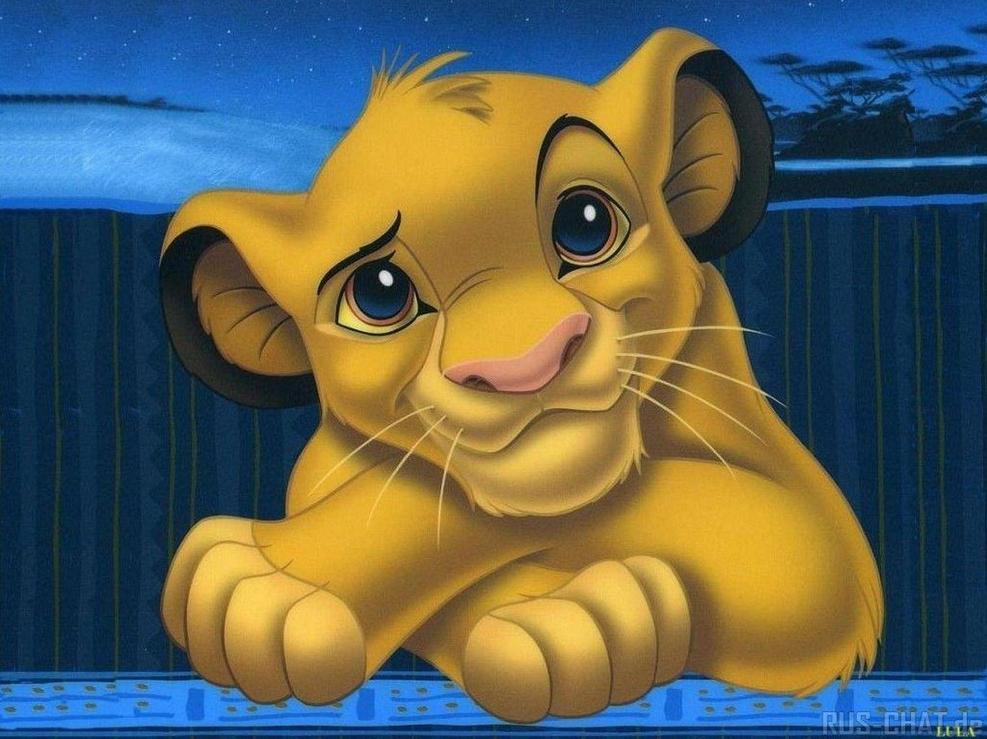
- 1994: The Lion King premieres, revolutionizing animation and embedding “Simba” as a lion’s name.
- Post-1994: “Simba” becomes a common reference in American culture for lions, appearing in merchandising, sequels, and adaptations.
- Earlier usage of “Simba” in American media is rare and not connected to lions explicitly.
Academic resources on African languages confirm “Simba” means lion, but do not record significant popular media references prior to the Disney film. Primary sources from Disney archives, film reviews, and cultural analyses identify Disney as the turning point ushering “Simba” into mainstream American media lexicon.
The process reflects broader trends in the 1990s toward incorporating non-Western linguistic and cultural symbols into popular entertainment. Disney’s strategic use of Swahili terms introduced audiences to authentic African elements while creating memorable character names.

Key points:
- “Simba” means lion in Swahili.
- Association of Simba with lions in American popular media starts chiefly in 1994 with Disney’s The Lion King.
- Before 1994, “Simba” had limited recognition outside African linguistic contexts.
- The Lion King’s popularity made “Simba” a mainstream symbol for lions in America.
When did the name “Simba” start to be associated with lions in popular American media?
The name “Simba” became widely associated with lions in American popular media primarily starting with Disney’s 1994 animated film The Lion King. This moment marked a cultural milestone that introduced Simba not just as a word but as a character embodying the idea of the lion to millions of audiences.
Now, why did this happen in 1994? And what was the context behind this association? Let’s dive deeper.
The Meaning of “Simba”: The Starting Point
“Simba” literally means “lion” in Swahili, a Bantu language spoken across East Africa. Though this is a simple, fascinating fact—it’s crucial to remember that Swahili words frequented American media infrequently before the ’90s, mainly in educational or specialized contexts related to African culture or wildlife documentaries.
In Swahili-speaking regions, “Simba” had always meant lion. But in terms of a name for a lion, specifically in popular media across the United States, the name had no significant presence before Disney’s portrayal.
The Pre-1994 Landscape: Was “Simba” Known to Americans as a Lion’s Name?
Before Disney turned Simba into a household name, the word itself was largely obscure in popular American culture. Occasional references to African animals might have included “simba” in naturalist textbooks, African tales, or documentaries, but it did not enter mainstream entertainment, cartoons, or children’s literature within the U.S.
If you asked an average American before 1994 to name “Simba,” chances are they wouldn’t associate it with anything—unless they were fluent in Swahili or involved in African studies.
The Lion King (1994): A Cultural Game-Changer
Everything changed in 1994. Disney’s The Lion King premiered and became a colossal success. It centred on a lion named Simba, the heir to a powerful African pride. Suddenly, “Simba” became synonymous with lions in the minds of millions of Americans.
Disney’s choice of the name was deliberate. They engaged African culture consultants to add authenticity to the story, selecting “Simba” to represent the lion protagonist. This approach blended education with entertainment at a scale never seen before.
From then on, the name Simba resonated broadly:
- Children’s toys, books, and games prominently featured Simba.
- The soundtrack, dialogue, and endless merchandising imprinted the name deep into American pop culture.
- Simba’s story of growth, loss, and triumph became a universal symbol of courage and leadership, framed through the iconic lion character.
Other Media and Simba: Before and After Disney
You might wonder if other American media had ever used “Simba” to signify lions. The answer is, very rarely if at all, in any notable or impactful way. Disney’s film created a landmark association that now feels inherent.
No prominent movies, TV shows, or books had Simba starring as a lion before 1994. Post-1994, references exploded in sequels, spin-offs, and parodies.
Why Did Disney Succeed Where Others Didn’t?
Two reasons stand out:
- Massive Exposure: Disney’s giant distribution and marketing machine ensured Simba became a familiar name globally.
- Storytelling Power: Simba wasn’t just any lion; he was a fully fleshed character with emotions and a journey. Other media didn’t invest as deeply in the name or in authentic African cultural touchstones.
Hence, Disney took a simple Swahili term and remade it as a symbol for a generation.
Is There Academic Research Monitoring This Association?
Yes, media scholars and cultural historians analyze Disney’s influence on cultural perceptions regularly. Studies show that before The Lion King, “Simba” circulated mostly in academic and niche environmental circles. After 1994, it entered vernacular American English as a direct reference to lions, often reminding people of the film rather than just a term in a foreign language.
A variety of secondary sources, including linguistic experts and media studies scholars, point to Disney’s film as the inflection point. There’s a consensus that the name’s incorporation into mainstream American media began here—not earlier or from any other work.
From Swahili to American Hearts: Simba’s Journey
To put it simply: “Simba” went on an unexpected journey. It was a word known in parts of Africa for centuries but stayed tucked away from American pop culture until the 1990s.
After Disney’s success, the name transformed into an emblematic lion symbol in America. Parents naming their kids “Simba” or referencing the character in everyday talk paint proof of this new cultural imprint.
What Can We Learn from Simba’s Story?
This association teaches us about cultural exchange, media influence, and storytelling power. It highlights the role global languages and cultures play in enriching American media—but only when powerful platforms spotlight them.
Simba’s rise from a Swahili noun to an American pop icon shows how a simple name, combined with compelling storytelling, can reshape cultural perceptions. It reminds content creators about the value of authenticity and cultural respect.
Do You Remember the First Time You Heard of Simba? How Did It Shape Your View of Lions?
If your experience mirrors that of most Americans today, Disney’s The Lion King was probably your introduction. This single film redefined the name Simba forever in American minds.
Looking ahead, will other words from different languages undergo similar transformations? Probably yes—if presented thoughtfully and embraced by popular media giants.
Summary
To recap: “Simba” started to be popularly associated with lions in American media mainly after the 1994 release of Disney’s The Lion King. Prior to this, the term, while known in Swahili as “lion,” did not carry that association widely in American popular culture.
The film’s success made Simba a cultural icon, merging authentic African language with universal storytelling. This phenomenon illustrates how media can introduce new cultural symbols into mainstream consciousness and redefine them permanently.
